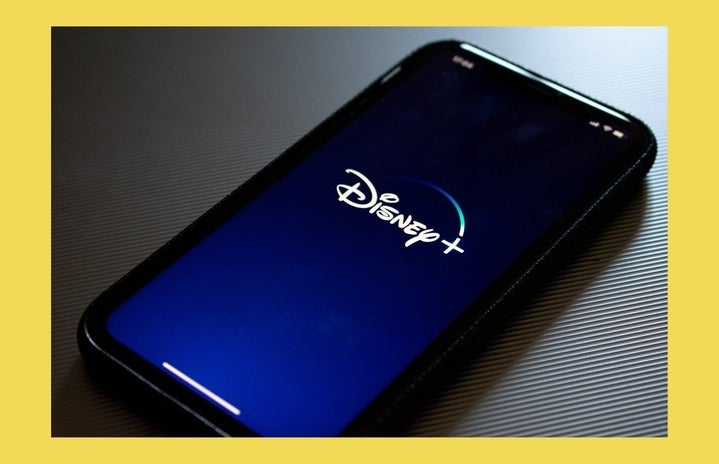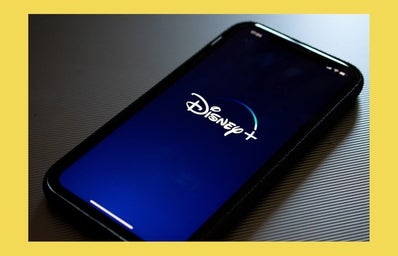Since the launch of “Snow White and the Seven Dwarfs”, their first movie, in 1937, Walt Disney Animation Studios have maintained an ongoing process of fitting their motion picture’s themes to the social changes. By now, it is considered problematic, if not bizarre, a plot in which a poisoned teenager is brought back to life by a stranger whose first instinct after seeing a corpse is kissing it (because dead girls can’t say no, right?!). As so, Disney’s latest animations have been bringing up important topics and questions, culminating in their latest – and 85th, considering Pixar productions, as well – movie, “Turning Red”. However, there is still room for even more changes.
Get to know a few differences we’ve noticed between the older animations and the new ones!
- GOOD X EVIL
-
Disney’s former animations usually had a basic formula: there is a benevolent protagonist opposing an ambitious villain who wants something the hero has. For example, in “The Little Mermaid” (1989), the curious and innocent Ariel gets her voice stolen by the vicious sea witch, Ursula. As time went by, characters started to show a more complex personality; “right” and “wrong” aren’t seen as opposites anymore. That became very clear in “Wreck-it Ralph” (2012), with a videogame antagonist trying to prove his virtue.
The perfect and plain persona disappeared, and even the “good” leadings have flaws. Therefore, evil isn’t what is being fought anymore, but the character’s own fears and psychological barriers, like in “Encanto” (2021), in which the conflict is generated by the Madrigal family’s contradictions and false appearances. By bringing up family conflicts and the importance of accepting each other for who they are, the movie was a huge success and even won the Oscar for Best Animated Film in 2022.
- THE PROFILE CHANGES OF FEMALE CHARACTERS
-
Considering the outset of animated movies took place in the early 20th century, two things characterized these productions: the high influence of the patriarchal society model and, consequently, the predominance of male animators. Thus, the portrait of women fit the social standards, which meant shallow personalities, extreme delicacy, “perfect” bodies and the sole purpose of finding love. They had to be saved and ended up marrying some guy they barely knew because he was their soulmate.
Nevertheless, the 20th century was also when the feminist movement had its boom, conducing to a renewal of the female characters, who started having dreams, goals and the willpower to define their paths. This doesn’t mean it is wrong for girls to want love and be sensitive, but that it is up to them to decide their destiny. Mulan (1998) saved China, and Tiana – from “The Princess and the Frog” (2009) – accomplished her desire to open her own restaurant, yet both were married by the end and that is totally ok! At the same time, Elsa, from “Frozen” (2013) never pursued a romantic relationship, but had a deep bond with her sister, Anna.
In addition, Disney is also starting to represent different body shapes, with Meilin’s friend group from “Turning Red” (2022) being an example of how distinct teenager girl’s sizes can be. The Studio is also hiring more women as directors, as we see in “Frozen”, “Frozen 2” (2019) and “Turning Red” itself.
- TABOOS AND SENSITIVE TOPICS
-
Grief is something that has been portrayed in Disney’s movies for a long while. Ever since 1942, millions of children have cried over Bambi’s mother’s death. Still, it was just by the last decade that the studio began to bring up other issues, as that’s when they were given focus in our society. In “Encanto”, we got to see the pressure of fitting predeterminate social roles and the feeling of not being good enough to reach the other’s expectations.
In “Turning Red” even more topics are shown: the confusions of going through puberty, anxiety, toxic parenting and menstruation, all depicted in a way that kids can understand and that everyone who has gone through it can relate.
- CULTURAL REPRESENTATIVITY
-
With “Snow White and the Seven Dwarfs” taking place in Germany, “Cinderella” (1950) in France, “Alice in Wonderland” (1951) in England and “The Lady and the Tramp” (1955) in the USA, for example, the elder animation films usually focused on the traditional European and North American culture, prevailing white characters. However, the studio is taking steps into changing that: in “Moana” (2016), we learn about the Polynesian heritage; in “Raya and the Last Dragon” (2021), we are taken to the Southeast Asia; in “Encanto”, we get to know more about the Colombian culture; in “Turning Red”, we have Asian characters and actors with the same ascendance were hired to voice them on the original version (something that didn’t happened with the Brazilian voice actors).
Even though a lot has been done, there is still space for more. “Lightyear” (2022), the upcoming Pixar animation, is set to have the first LGBTQIA+ kiss in the studio, despite a threat of censorship from Disney. This means that we can hopefully expect to see an even more diverse and representative cinematic industry in the future.
———————————–
The article above was edited by Amanda Moraes.
Liked this type of content? Check out Her Campus Cásper Líbero home page for more!


